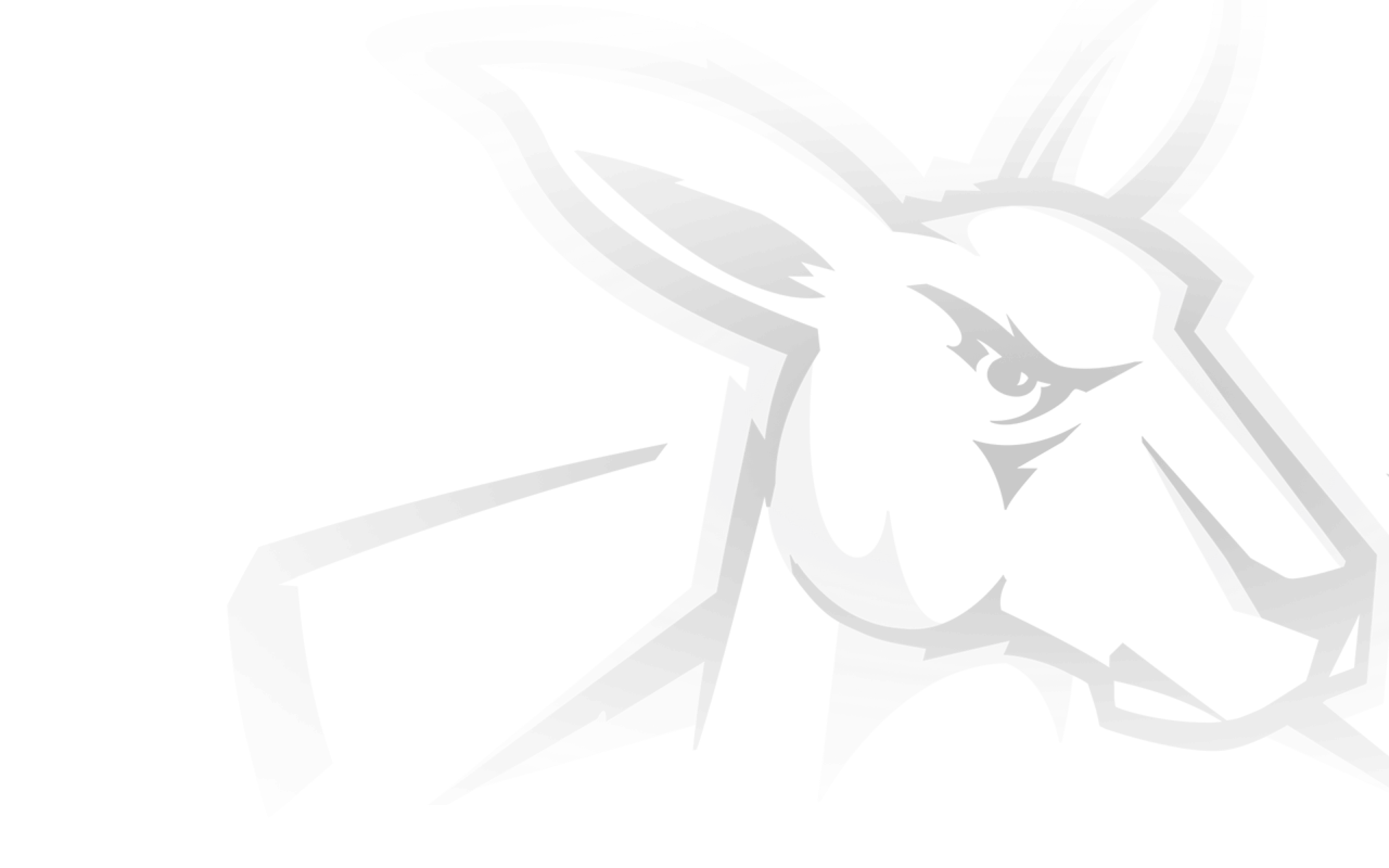When you read about the history of the VFL/AFL draft, almost all references point to 1986 as the first event of its kind.
Well that’s not entirely true; while ’86 presented the first truly national draft with selections from every state, many records overlook the Interstate Drafts of 1981 and 1982.
On October 1, 1981, the VFL’s Form-Four formula, which enabled clubs to sign stars from interstate via the use of two Form Fours became obsolete.
Demand for interstate players meant they were able to negotiate with several clubs, driving transfer and sign-on fees to levels deemed out of control by the competition’s governing body.
The solution was Victorian clubs participating in a draft, nominating players from interstate who would then be tied to the club for three years for a stipulated fee.
Each club was allowed to select two players, with the lowest-placed team from the previous year getting the top pick and the premiers the last.
It was one of the earliest examples of equalisation in Australian Rules Football.
“It is a system which is a big deal in the United States,” VFL general manager Jack Hamilton said at the time.
“The scheme will help all clubs makes selections for key positions and will give the bottom clubs the best chance to gain the best players available.”
Of course, that didn’t mean those players were to certain make the move across the country. The rival leagues were still strong, rivalry between the states was high and making the trek to Victoria didn’t necessarily appeal to everyone.
Nevertheless, the first ‘Interstate Draft’ went ahead on October 8, 1981 at VFL House, at the time in Jolimont Road.
Unlike the drafts of today, mature-age players were generally the targets.
Melbourne, as the bottom-placed team in 1980 took the first selection, picking up 24-year-old Alan Johnson from Perth. Next was Neil Craig, a highly-regarded player from Sturt selected by Footscray.
Johnson would go on to win two best and fairests at the Demons across a 135-game career.
But it was a different story for Craig, who opted to play out his career in South Australia.
How times have changed. In the modern day, a pick two can be seen as the difference between the success and failure of your club in years to come. In 1981, simply getting the player across the other side of the country was a huge win in itself.
With its first pick (selection five), North lured Craig Holden from Swan Districts. He was in the side in Round 1 the following season, but ultimately had more success at Sydney following his departure from Arden Street.
18-year-old Norwood star Tom Warhurst was the Roos’ next pick, but like many others, chose to remain in South Australia.
He did however play for Adelaide years later upon their induction into the then national competition.
Among the more memorable names to be drafted in 1981, Ken Judge made his way to Hawthorn, Tony McGuinness was drafted to Geelong but ultimately didn’t come to Victoria until 1986 (for Footscray) and Chris McDermott was selected by Fitzroy but didn’t play in the AFL until ten years later (with Adelaide).
John Platten was nominated by Hawthorn, eventually joining the team five years later despite reportedly signing with Carlton along the way with a $20,000 pay packet.
Of the 24 players selected in the first Interstate Draft, 11 ended up playing league football for the team who’d drafted them.
The second edition of the Interstate Draft was heled on October 19, 1982 at VFL House.
With pick one, Footscray took Andrew Purser, whose recruitment proved a big success. He went on to poll 13 Brownlow votes in his first season and won a best and fairest the following year.
But ultimately he returned to Western Australia just four seasons later to finish his career at the tender age of 28.
Among the other selections of note, David Grant (pick 14) from Tasmania played 198 games for St Kilda and Melbourne, while Brad Hardie (pick 16) never made it to Geelong, but did go on to win a Brownlow Medal at Footscray some three years later.
It was a draft to forget North, with Richard Cousins (Central District) and Garry McIntosh (Norwood) never making the trip to Arden Street.
11 of the 24 players drafted in 1982 ended up lining up for the club that selected them.
With South and West Australian clubs hit hard by interstate moves, Melbourne and Geelong requested the league look at a moratorium on interstate transfers.
Ultimately, the draft system did not re-appear until 1986, but with zoning rules still in place for Victorian clubs, the structure was much the same in its early years, with most of the sought-after footballers from Victoria already signed.


